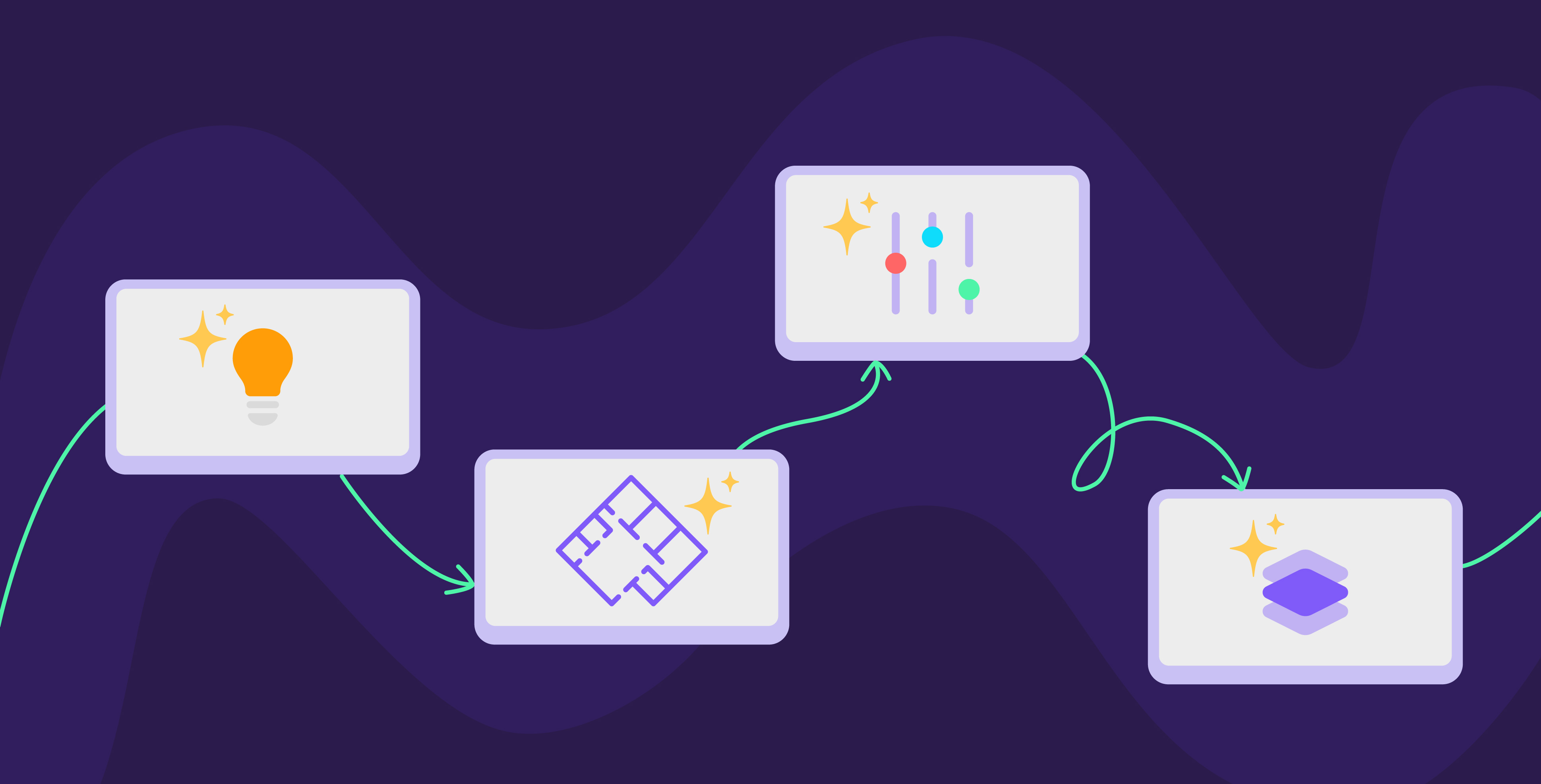13 May 2024
Interactive presentations provide us with a whole realm of engaging, dynamic, and entertaining slide decks that capture the audience’s attention. With pictures and videos that spark interest and polls and questions that invite dialogue, interactive presentations are conversation starters. Using interactive elements could make a presentation more immersive, even encouraging active participation from your audience.
What is an interactive presentation?
Interactive presentations are exactly what the name suggests; they are presentations with an engaging format that interact with the audience. Interactivity is powered by features such as hyperlinks and navigation tools that allow the presenter to play a video, showcase information with animation, or display pop-ups. Using these features is not only about the extra pizzazz; it’s about their function in creating audience engagement.
Going beyond the traditional formats for presentations, interactive technologies allow for a more organic experience—a presentation that feels more like a dialogue. Presenters in this case are no longer chained to a particular layout; instead, they can adapt their presentation as they see fit based on the audience. This flexibility allows for a deeper connection between the presenter and the audience, which is essential for an impactful and memorable experience.
How is an interactive presentation different from interactive content?
Interactive content refers to videos, animations, polls, games, or other features that engage an audience. An interactive presentation combines these features intentionally and meaningfully to share them with the audience. Through an interactive presentation, a presenter embeds interactive content into their storytelling.
Why do you need interactive presentations?
Audiences have different expectations now; they are no longer interested in static monologues. Viewers expect engaging multimedia to be a given in a presentation, so presenters should adapt to align with their interests.
They encourage team-building.
Not only do interactive presentations let the presenter engage the audience, but they also let the audience engage with each other. Breaking away from a traditional monologue is a welcome change for any audience, and features such as polls and games encourage team-building and create a collaborative environment. This is particularly beneficial for team dynamics, as it encourages breaking the ice and promotes camaraderie.
They make learning easier.
Interactive presentations transform passive audience members into active participants in the learning process. Instead of reading or listening to the explanation of a concept, they get to engage in an exercise that puts it into practice, including links to explore, questions to consider, and props to handle, which invites the audience to interact directly with the presentation. This approach makes the content more memorable, practical, and easier for the audience to retain.
They allow for personalized delivery.
Incorporating interactive elements into your slides will make them more personalized and thoughtful for your audience. Tailoring a presentation to include interactive features customized to your audience encourages them to participate by asking questions and offering feedback, keeping them interested.
How do I make a presentation interactive?
To create an interactive presentation, you must seek ways to actively engage your audience. The growth of interactive presentations correlates with the emergence of new technologies and software tools, simplifying dynamic content creation for all skill levels. Various techniques and tools help turn conventional presentations into dynamic conversations.
Real-time polls
Polls can feel like an almost cliche tool for interactive presentations, but that doesn’t mean they can’t be used for an original, refreshing approach. PowerPoint add-in tools such as ClassPoint help you create real-time polls that can be adapted live based on the audience’s perceptions. Imagine proposing a question at the beginning of your presentation, playing on the audience’s misconceptions. Here, you can gather insight into the audience’s biases. Once you’ve disproved their misconceptions, you can review the poll again and revise any changes in the respondents’ viewpoints.
Navigation slide
An effective technique to make a PowerPoint interactive is by incorporating a “navigation slide.” This slide serves to provide a visual roadmap for an audience and allows them to easily jump from section to section. With clear links and buttons in the navigation slide, viewers are able to browse through a presentation to reach the content they are most interested in. Plus, it allows the presenter to navigate their content quickly, whether it is revisiting a certain point or jumping ahead to a specific topic, keeping them in control.
Clickable buttons
Adding clickable buttons to slides greatly increases the interactivity and personalization of a presentation. Using buttons gives the audience a sense of autonomy and allows them to navigate through the slides at their own pace and explore different sections. It enables them to have a unique experience of self-learning. Clickable buttons can also link to other reading materials or relevant social media accounts. Not only does this make learning more enjoyable for an audience, it is also tailored to individual preferences.
Interactive infographics
Interactive infographics are emerging as a game-changer in the world of data visualization; they bring a whole new level of interactivity and dynamism to your traditional infographic. They can be animated in order to bring life to the data, or they can include clickable elements that invite the user to engage with them. Each type works by gradually revealing data, which maintains the viewer’s curiosity and focus and also avoids overwhelming them. The format communicates data in an easily digestible narrative that is accessible and effective.
Incorporating different media
A surefire way to make a presentation more interactive and engaging for an audience is to incorporate multimedia. Images, videos, and audio all break the monotony of tedious text-heavy slides and also cater to different learning styles. It allows the visual learners in the audience to resonate with vibrant images and infographics, while the auditory learners retain concepts through audio clips or voiceovers. These multimedia elements transform a presentation into a more immersive experience that fosters better retention among the audience.
Interactive presentations are an exciting leap in communication, revolutionizing it by building an effective bridge between a presenter and their audience. By integrating features such as clickable buttons, animated infographics, and interactive charts into presentations, audiences become active participants in the conversation. The beauty of interactive presentations lies in how personalized and flexible they are, giving presenters the freedom to adapt their content in real-time to resonate with their audience. Embracing this new wave of presentation technology is key to creating impactful messages and lasting connections.







